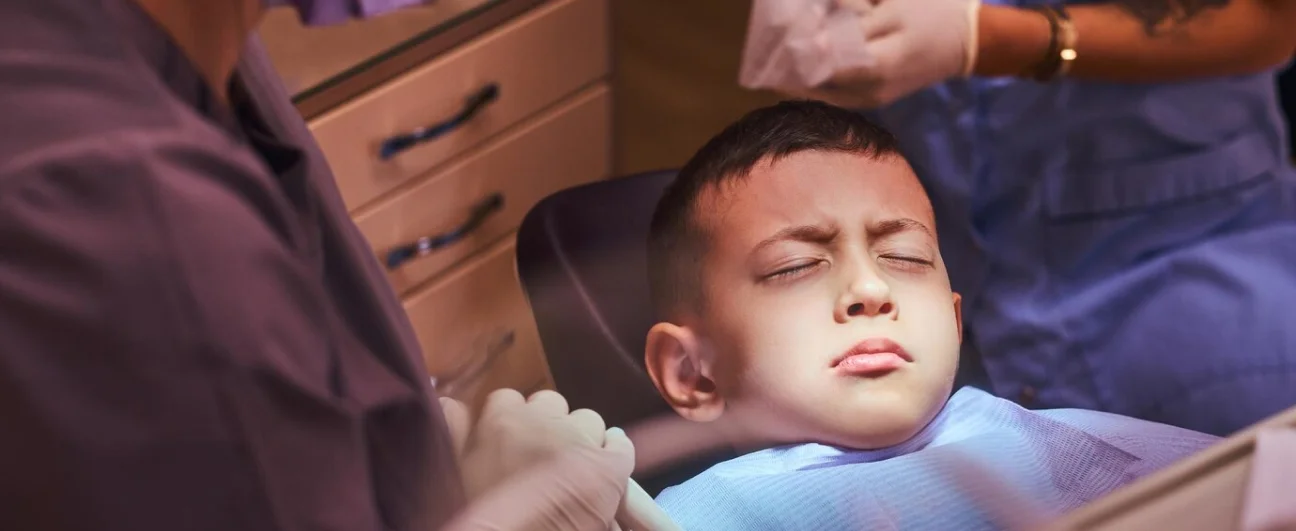Home / Case Study / Total Colonic Hirschsprung's Disease - Surgical Management of a Birth Defect in a 4 year Old Boy

A four year old boy was admitted to our hospital with history of a very uncommon bowel problem. As per history, the boy had failed to pass the first stool within 48 hours, which is one of the main symptoms of Hirschsprung's disease. It has been seen that 90% of the babies after birth pass their meconium (stool) within 24 hours and 99% within 48 hours from the time of birth. But this boy failed to do so. He was under strict supervision & follow up on a regular basis after birth. His symptoms started appearing within two months (that is, gross constipation and passing stool only on rectal stimulus with gradually increasing abdominal distension).
We were now almost sure of his disease. In this medical condition a few pertinent and most important symptoms are - constipation, enlarged belly occasionally and growth failure. Few more symptoms include vomiting, abdominal pain and diarrhoea. Hence we had opted for a few tests which would confirm his medical condition. After analysing the report, we confirmed that it was an uncommon variant of Hirschsprung's Disease, that is.
Total colonic Hirschsprung's disease and surgical management would be the only solution. An ileostomy was performed just after detection of his condition as a temporary management. This surgical procedure helps to create a stoma or opening in a hollow organ, here it was the small bowel through the abdomen. This procedure helps in movement of waste material in the intestinal part for excretion. He was doing fine and awaited Duhamel's procedure which is why he was admitted this time.
An exploratory laparotomy and adhesiolysis (procedure to remove adhesions) was performed. The colon was excised and modified Duhamel's procedure was performed. The colon was resected down to the rectum. The proximal bowel was then brought through the retrorectal space (between rectum & sacrum), and an end to side anastomosis (a connection between adjacent channels) was performed with the remaining rectum. Post operatively, the child was perfectly fine and his stay at the hospital was uneventful. He started tolerating normal diet and also passed stool. He was discharged on the 11th day post surgery.
This medical condition, if not treated in early childhood, it may develop into severe enterocolitis, growth failure and constipation in the future. The constipation would also induce an enlarged belly with lean and thin other parts of the body. Hence we had informed his parents about the future problems and they too had agreed to our suggestion for the surgical management. It took us nearly 4.5 hours to complete the surgery. He visited us for an OPD follow up as scheduled and was doing perfectly fine with no further complications.